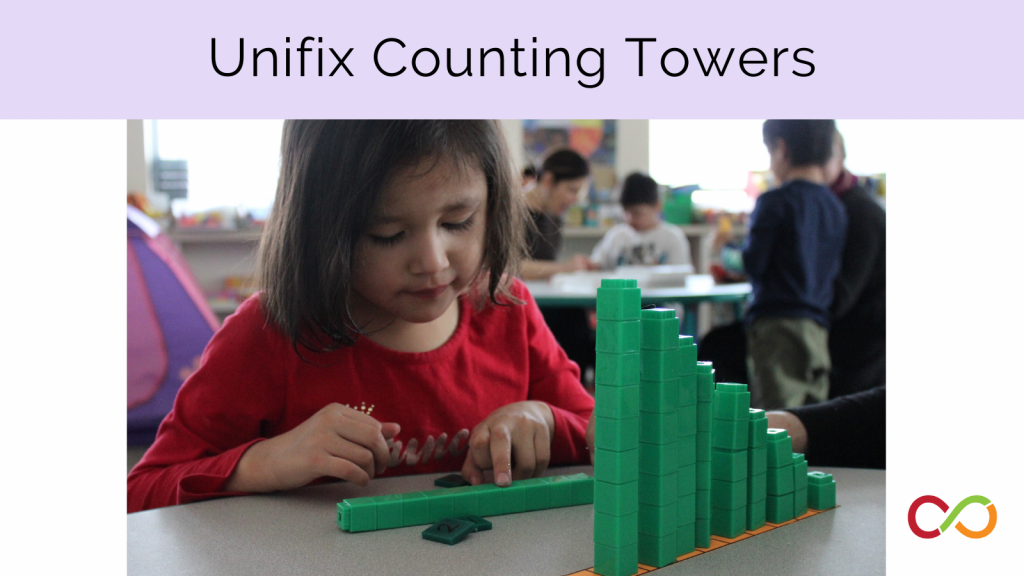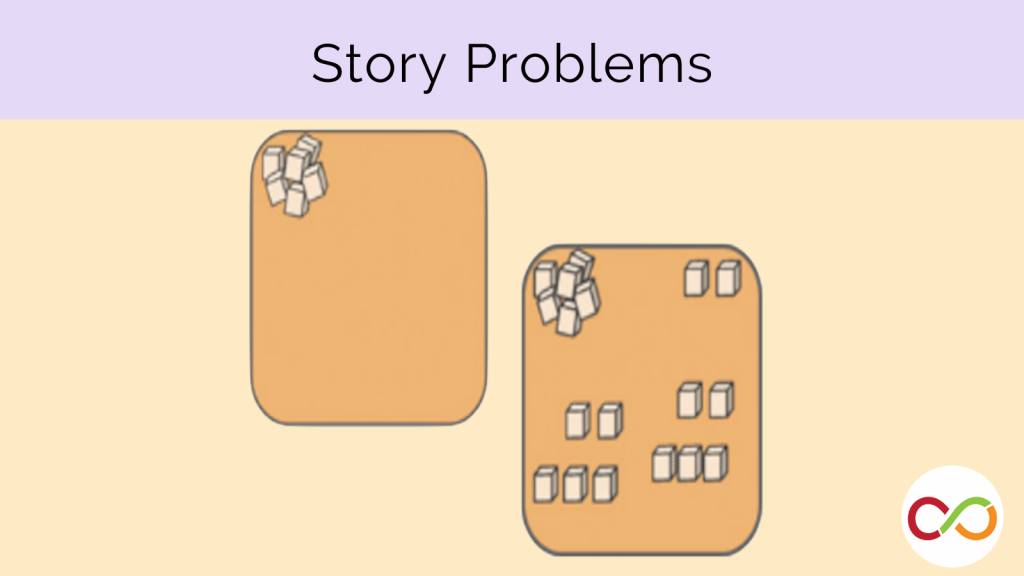Cuisenaire Rods
Early Years (Age 3 – 6)
Curriculum Goal
Kindergarten: Demonstrating Literacy and Mathematics Behaviour
- Demonstrate an understanding of numbers, using concrete materials to explore and investigate counting, quantity, and number relationships (#15).
Context
- Students and teacher will be sitting on the floor with a working mat in front of them.
Materials
- Working Mat for each student
- Cuisenaire rods
Lesson
- Lay out the Cuisenaire Rods and explain that each rod can be assigned a number.
- Hold up one of the rods and ask the kids to grab the same colour of rod you have.
- Then say, If I gave this rod the number 2, what number do you think this rod would be? (hold up immediate next rod, 3). Wait to hear their answers and reasoning or strategies behind their response.
- Show the rod immediately before the 2nd rod and ask children what they think that rod may represent.
- Once again, wait to hear children’s answers and reasoning behind their response.
- Ask students what they think will happen if a #1 rod is put on top of another #1 rod.
- Allow children to try it. Students will discover that if you put the #1 rod on top of another #1 rod, it is the same height as the #2 rod.
- After establishing the #1, #2, #3 rods and the numbers they represent, skip the #4 rod and instead show the #5 rod.
- Ask students what number they think it will represent and how they figured it out.
- Fill in the rest of the numbers and ask students what they notice about all those rods lined up.
Look Fors
- Are they able to express their reasoning?
- Are children able to grasp the pattern and guess at the next and previous term?
Extension
Make different combinations of the same number
- Demonstrate that if you put #5 and #5 together (one on top of another) it makes 10.
- Then ask students if they can figure out how to make 10 by putting 2 rods together.
- Students can work in pairs to make as many different combinations as possible.
- Bring students back to the whole group and ask them to share one of the combinations they made.
- Students will be able to see the combinations that make 10 because they will all be the same height.
- Students may further extend the activity by creating their own combinations.
Roll a dice and make as many combinations of that number as you can
- Students roll two dice and add the numbers together.
- Using the Cuisenaire rods, students show different ways to make that number.
Share this lesson
Share on facebook
Share on twitter
Share on email


